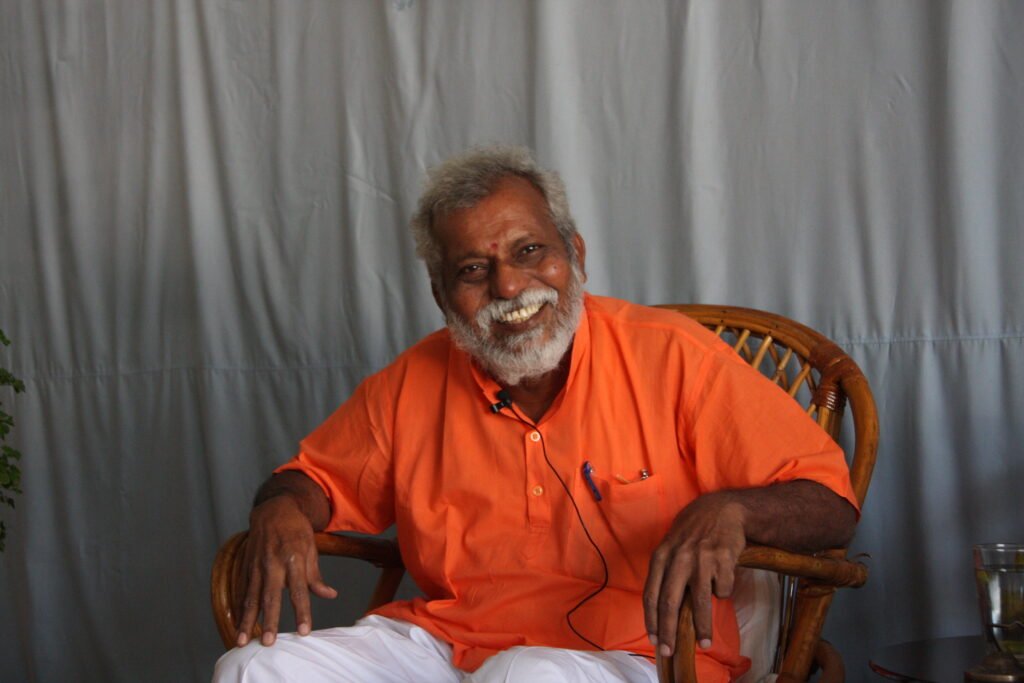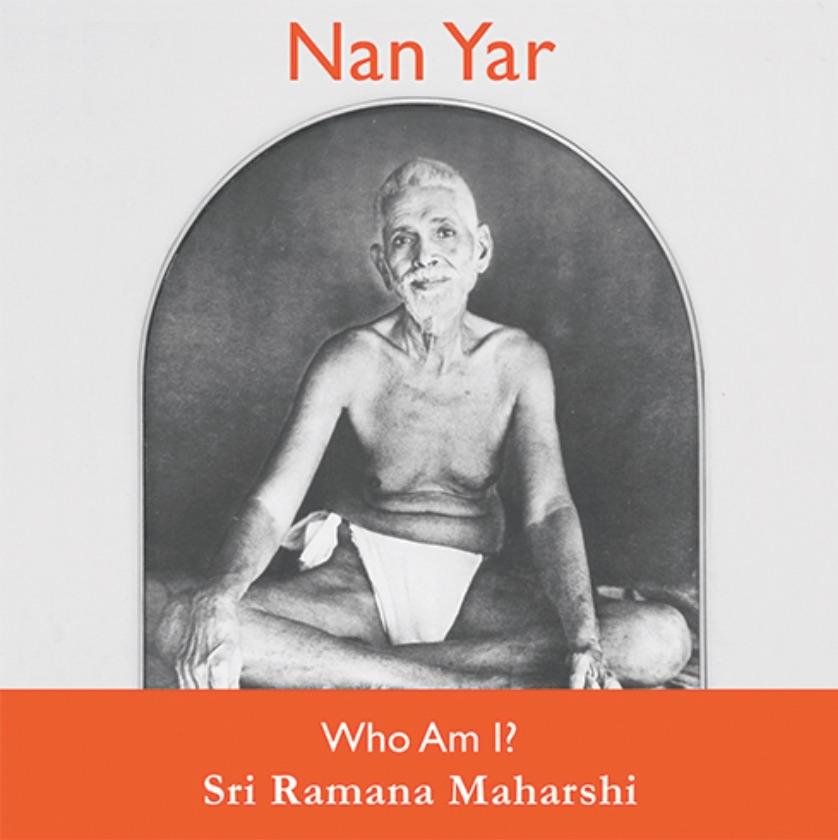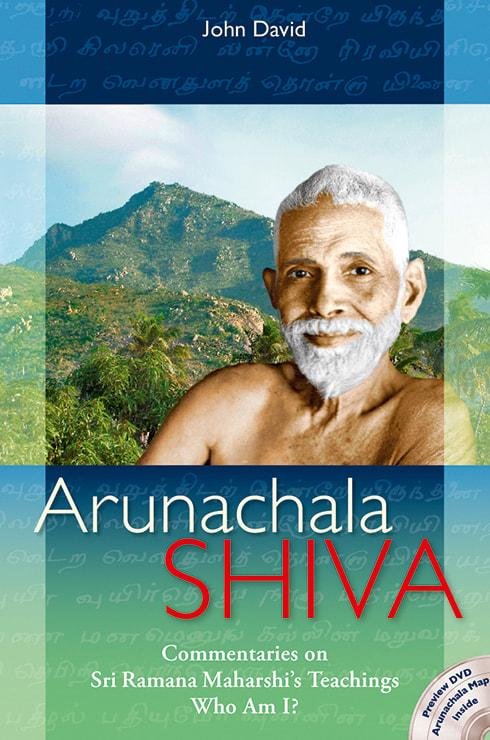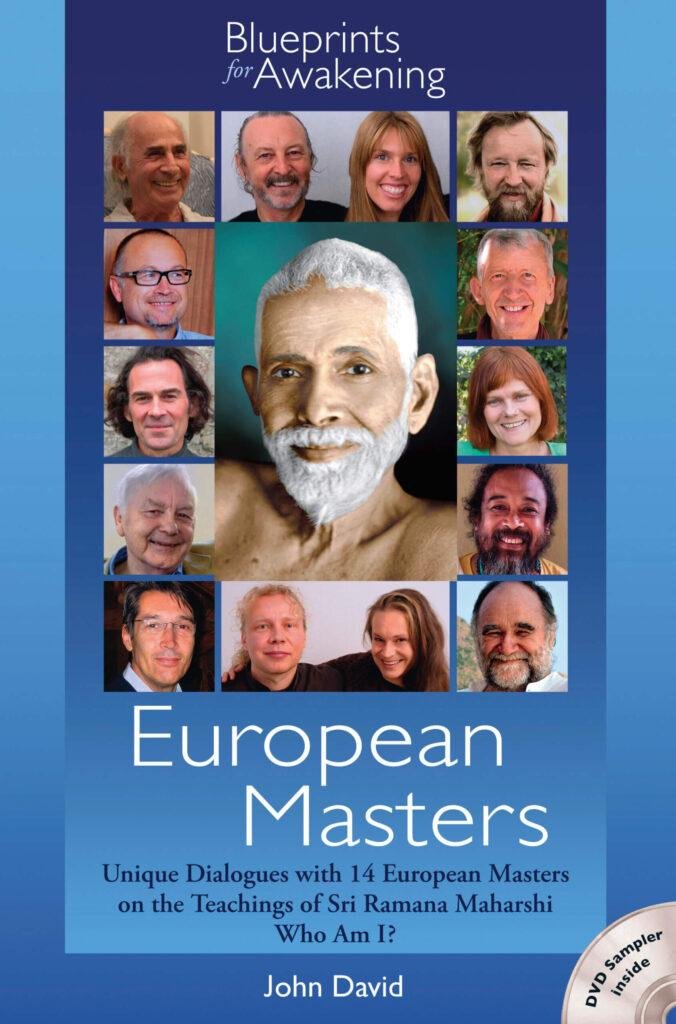Sri Brahmam
“When you have tendencies, impressions, desires, habits, and in that moment you ask the question, ‘Who am I?’ it is just another thought.When we have many thoughts this question is of no use. It is only for ripe, mature people.When there is peace inside then naturally, heartfully, comes the question, ‘Who am I?'”
– Sri Brahmam
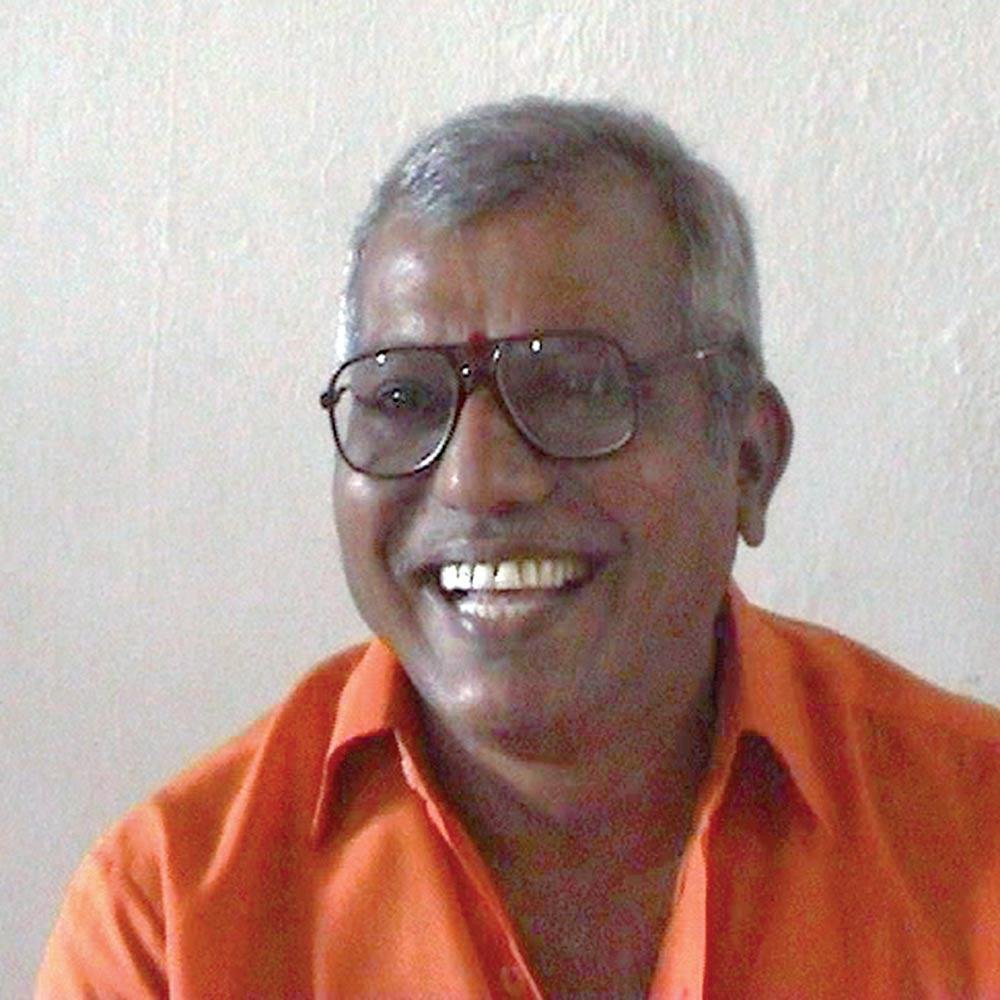
Full Interview with Ajja by John David
Sri Brahmam
I met Sri Brahmam through some friends whom I could see had been changed by their time with him. He could often be found in the Sri Ramana Ashram and I came to know how he had awakened within the ashram. We met only once to conduct this interview. I was impressed by the clear way in which he expressed Sri Ramana’s teachings.
– John David
Questions and Answers
Sri Ramana proposed the fundamental question, ‘Who am I?’* Who are you?
Many Western seekers come to India looking for enlightenment as if it is an experience. What is enlightenment?
Are there any qualifications for enlightenment? Is sadhana (spiritual practice) necessary? If yes, what form do you advise?
Sri Ramana said that Self-enquiry is the most direct route to realising the Self. What do you say about Self-enquiry? How to conduct Self-enquiry?
When Sri Ramana was asked, ‘When will the realisation of the Self be gained?’ he replied, ‘When the world which is what-is-seen has been removed, there will be realisation of the Self which is the seer.’* What is the true understanding of the world? How to remove the world?
It has been suggested that the mind must be destroyed for liberation to occur. Do you have a mind? Sri Ramana used the term manonasha to describe the state of liberation, meaning destroyed mind. How to destroy the mind?
What about vasanas, the tendencies of the mind? Must these be removed before Self-realisation can become permanent? Is it enough to achieve asattvic (calm and peaceful) state of mind and to know one’s vasanas so that they no longer bind? How to remove the vasanas?
At the end of his book, Self-Enquiry, Sri Ramana says, ‘He who is thus endowed with a mind that has become subtle, and who has the experience of the Self is called a jivanmukta.’ Is this the state that can be called Self- realised?
He goes on, ‘And when one is immersed in the ocean of bliss and has become one with it without any differentiated existence, one is called a videhamukta. It is the state of videhamukti that is referred to as the transcendent turiya (state). This is the final goal.’ Is this the state that can be called enlightenment?
It appears essential to meet a guru and stay with that guru. Who is the guru? What is the guru’s role? How to recognise a true guru?
Sri Ramana’s devotees had tremendous devotion to him, and he to Arunachala. Please say something about bhakti, devotion, in the pursuit of awakening.
Seekers often have curious ideas about the enlightened state. Please describe your typical day and how you perceive the world.
You have given us a profound discourse on awakening. When you meet a passion for awakening, what would your short advice be?
Key Points of Sri Brahmam's teachings
Emphasis on Non-Duality and Self-Inquiry
Sri Brahmam’s teachings center on the profound spiritual principle of non-duality and the importance of self-inquiry. He encourages seekers to engage deeply with questions about their own existence and the nature of reality, urging a process that involves shedding the individual ego to reveal a more profound truth.
The Nature of Enlightenment
According to Sri Brahmam, enlightenment is not about acquiring spiritual visions or powers but is characterized by the complete dissolution of the ego. True enlightenment, he argues, is a permanent state of peace that exists beyond the fear of death, rooted in a direct experience of one’s true self.
The Role of the Mind
Sri Brahmam views the mind as a dual-edged sword that can either bind one to suffering or liberate one from it. He stresses that the mind’s negative patterns can adversely color one’s perceptions and experiences, advocating for constant vigilance and purification of the mind to foster a positive and liberated state of being.
Focus on Direct Experience
Central to Sri Brahmam’s teaching is the idea that spiritual understanding must come from direct personal experience rather than reliance on external teachings or entities. This introspective approach encourages individuals to explore their consciousness deeply and independently, fostering an intrinsic understanding of their true nature.
appears in
Blueprints for Awakening – Indian Masters
Indian Spiritual Masters
John David has been interviewing sixteen important Indian Spiritual Masters. The result is a compendium of astonishing wisdom about the biggest secret of all times: the Nature of our True Self and how to realise it.
This boock answers all questions of the spiritual search and is for everyone who has an inner passion to find out who they are.
Published in two volumes.
Sri Brahmam is part of Volume I.

Other Ramana Maharshi Books
NEW: Aham Sphurana – A Glimpse of Self Realisation
Fascinating dialogues and stories of Sri Ramana Maharshi recorded by Sri Gajapathi Aiyyer in the summer 1936, at Ramana Ashram.
This book contains a selection from the complete manuscript Aham Sphurana. This selection, a brilliant treasure, speaks for itself. Beside the detailed teachings on Self-Enquiry, Surrender and Jnana, it exposes a new glimpse of Bhagavan’s personal day-to-day life at fifty-six, in his middle age.
The Book is available in English and German, as Ebook and Paperback.
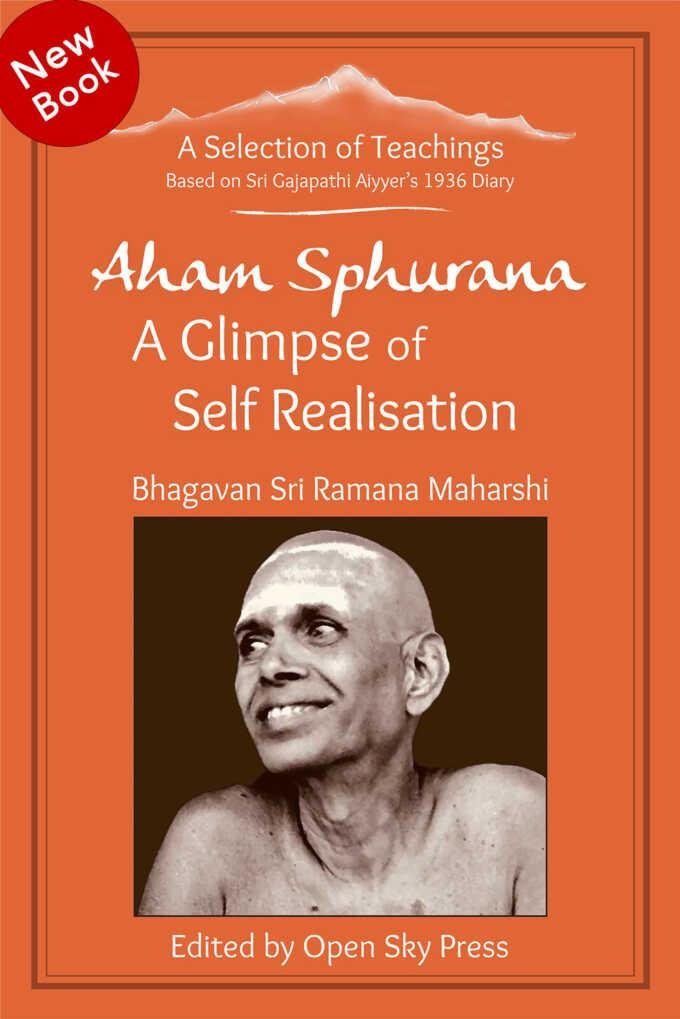
Biography
Sri Brahmam, born in 1944, embarked on a profound spiritual journey from a young age. Intrigued by the fundamental questions about life and existence, he found himself spontaneously reciting the mantra “Om Nama Sivaya” as a young child. This mantra became a continuous presence in his life, shaping his spiritual perspective.
At 25, a photograph of Ramana Maharishi ignited a powerful attraction in him, prompting an immediate journey to the Ramana Ashram in Tiruvannamalai, located at the serene base of Arunachala Hill. Until this point, Brahmam’s understanding of spirituality was unmarked by formal teachings or external influences, preserving a unique purity in his quest.
Upon arriving at the Ashram, Brahmam experienced a transformative spiritual event. He surrendered fully to the essence of Ramana Maharishi, symbolized through his photograph. This act of surrender led to a profound inner stillness, where all personal desires ceased, and a deep, encompassing peace filled him. Although his normal thought processes eventually returned, they came back without any attachment, marking the beginning of a new phase in his life.
Recognized by Sauris (or Sauris Ma), a respected figure in spiritual circles, as having attained Self-Realization, Brahmam’s subsequent life was dedicated to deepening this state of being. His interactions with others radiated the peace and silence he embodied, offering a glimpse into the profound spiritual state he lived in.
His life and experiences continue to inspire those who seek spiritual clarity and peace, serving as a beacon of the possibility of achieving a direct, profound connection with the Self.
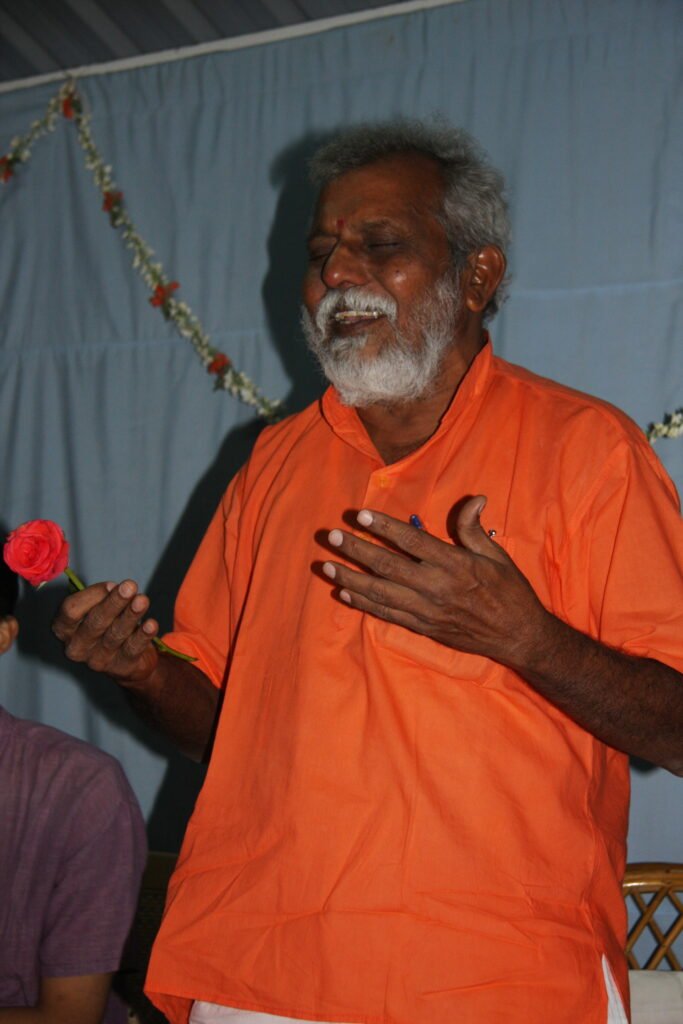
‘Destroy the mind’ means destroy the ‘I’ thought only. This is the manonasha. If you try to destroy the mind, thought will arise.
– Sri Brahmam
